Chenyang Zhou
The Cardinality of Identifying Code Sets for Soccer Ball Graph with Application to Remote Sensing
Jul 19, 2024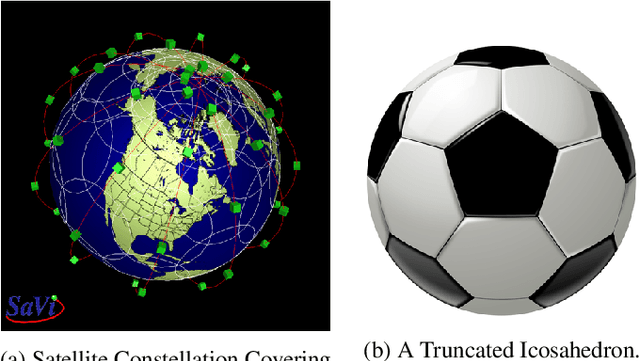
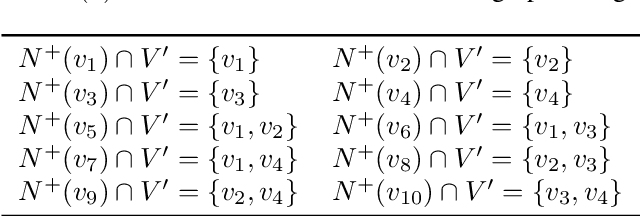
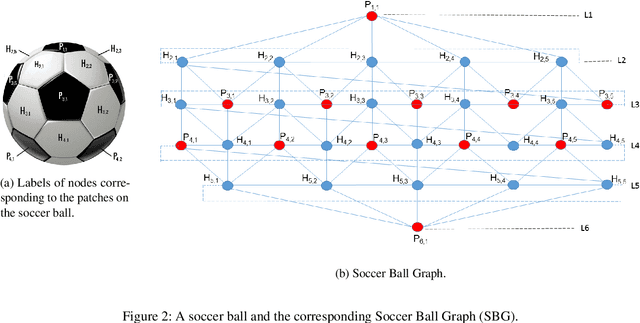
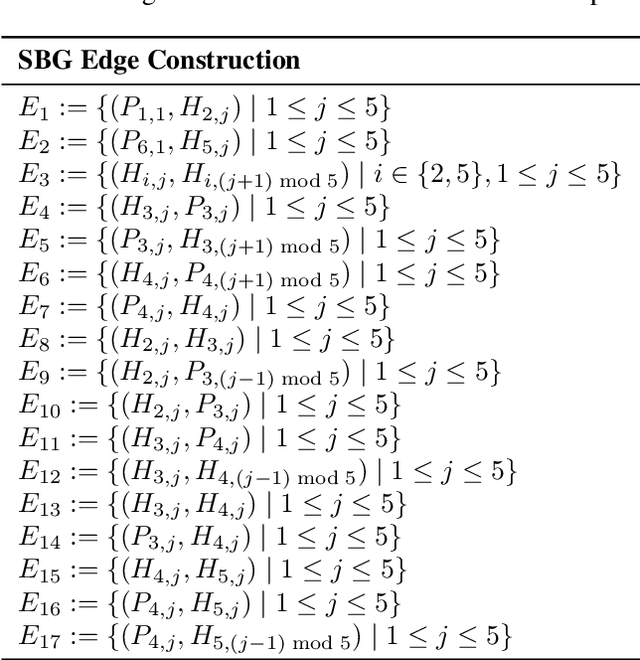
Abstract:In the context of satellite monitoring of the earth, we can assume that the surface of the earth is divided into a set of regions. We assume that the impact of a big social/environmental event spills into neighboring regions. Using Identifying Code Sets (ICSes), we can deploy sensors in such a way that the region in which an event takes place can be uniquely identified, even with fewer sensors than regions. As Earth is almost a sphere, we use a soccer ball as a model. We construct a Soccer Ball Graph (SBG), and provide human-oriented, analytical proofs that 1) the SBG has at least 26 ICSes of cardinality ten, implying that there are at least 26 different ways to deploy ten satellites to monitor the Earth and 2) that the cardinality of the minimum Identifying Code Set (MICS) for the SBG is at least nine. We then provide a machine-oriented formal proof that the cardinality of the MICS for the SBG is in fact ten, meaning that one must deploy at least ten satellites to monitor the Earth in the SBG model. We also provide machine-oriented proof that there are exactly 26 ICSes of cardinality ten for the SBG.
Recurrent Transformer for Dynamic Graph Representation Learning with Edge Temporal States
Apr 20, 2023



Abstract:Dynamic graph representation learning is growing as a trending yet challenging research task owing to the widespread demand for graph data analysis in real world applications. Despite the encouraging performance of many recent works that build upon recurrent neural networks (RNNs) and graph neural networks (GNNs), they fail to explicitly model the impact of edge temporal states on node features over time slices. Additionally, they are challenging to extract global structural features because of the inherent over-smoothing disadvantage of GNNs, which further restricts the performance. In this paper, we propose a recurrent difference graph transformer (RDGT) framework, which firstly assigns the edges in each snapshot with various types and weights to illustrate their specific temporal states explicitly, then a structure-reinforced graph transformer is employed to capture the temporal node representations by a recurrent learning paradigm. Experimental results on four real-world datasets demonstrate the superiority of RDGT for discrete dynamic graph representation learning, as it consistently outperforms competing methods in dynamic link prediction tasks.
Decentralized Cooperative Planning for Automated Vehicles with Hierarchical Monte Carlo Tree Search
Jul 25, 2018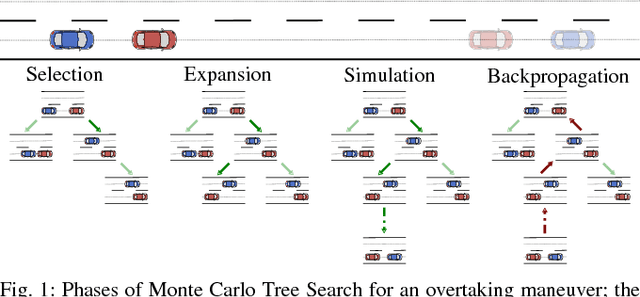
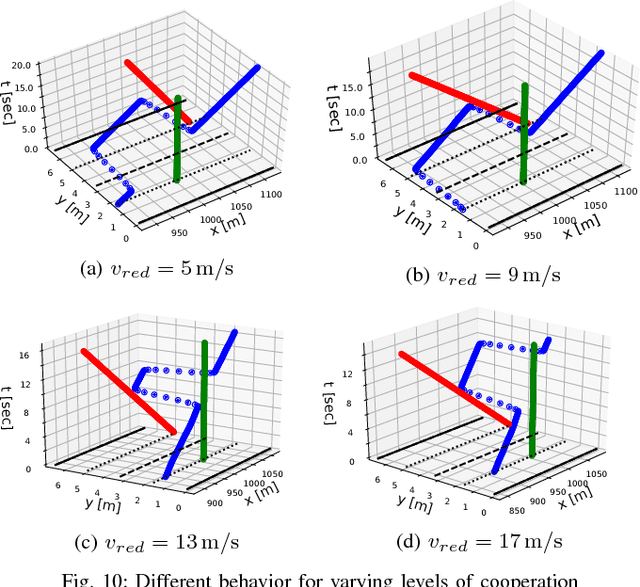
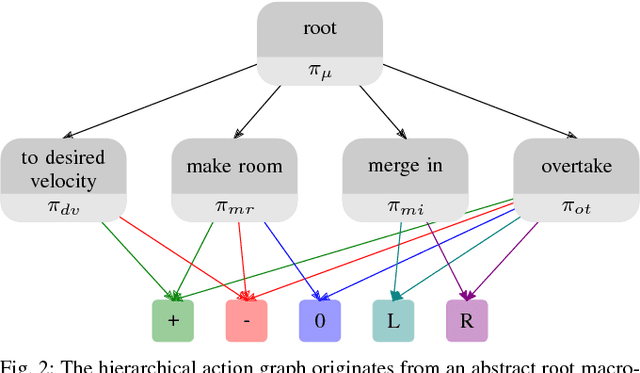
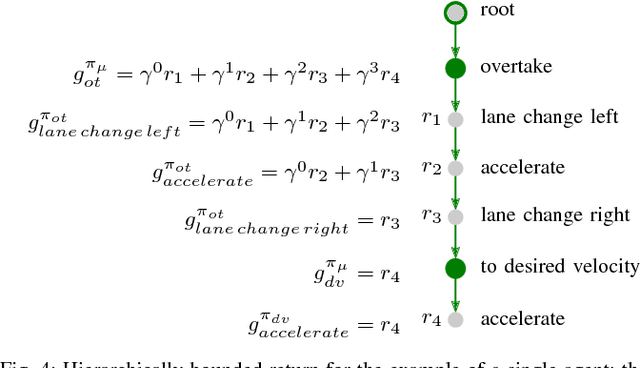
Abstract:Today's automated vehicles lack the ability to cooperate implicitly with others. This work presents a Monte Carlo Tree Search (MCTS) based approach for decentralized cooperative planning using macro-actions for automated vehicles in heterogeneous environments. Based on cooperative modeling of other agents and Decoupled-UCT (a variant of MCTS), the algorithm evaluates the state-action-values of each agent in a cooperative and decentralized manner, explicitly modeling the interdependence of actions between traffic participants. Macro-actions allow for temporal extension over multiple time steps and increase the effective search depth requiring fewer iterations to plan over longer horizons. Without predefined policies for macro-actions, the algorithm simultaneously learns policies over and within macro-actions. The proposed method is evaluated under several conflict scenarios, showing that the algorithm can achieve effective cooperative planning with learned macro-actions in heterogeneous environments.
CPG-Based Control Scheme for Quadruped Robot to Withstand the Lateral Impact
Nov 21, 2017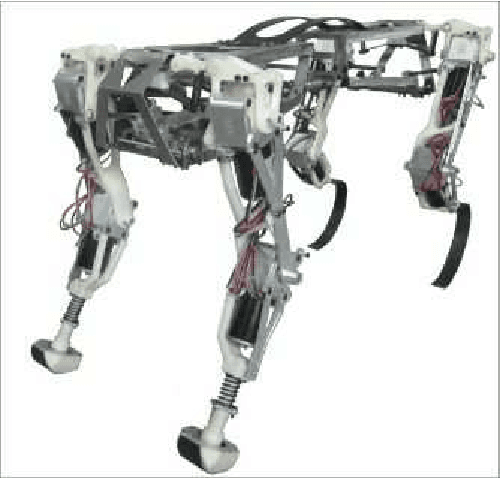
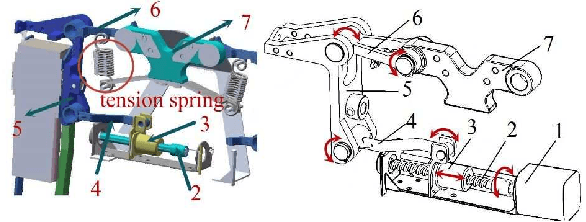
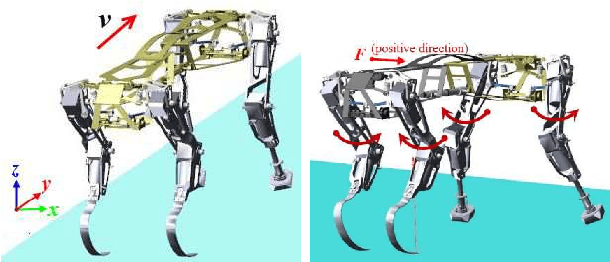
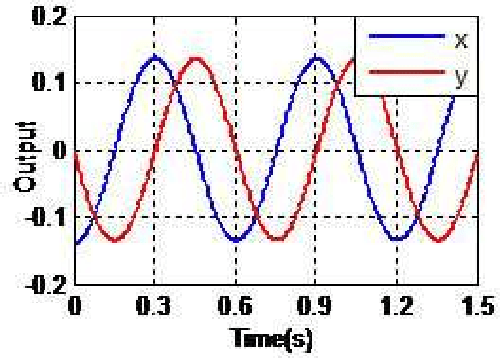
Abstract:This paper aims to present a stability control strategy for quadruped robot under lateral impact with the help of lateral trot. We firstly propose five necessary conditions for keeping balance. The classical four-neuron Central Pattern Generator (CPG) network with Hopf oscillators is then extended to eight-neuron network with four more trigger-enabled neurons, which controls the lateral trot. With proper adjustment of network's parameters, such network can coordinate the lateral and longitudinal trot gait. Based on Zero Movement Point (ZMP) theory, the robot is modeled as an inverted pendulum to plan the Center of Gravity (CoG) position and calculate the needed lateral step length. The simulation shows that the lateral acceleration of the quadruped robot after lateral impact regains to the normal range in a short time. Comparison shows that the maximal lateral impact that robot can resist increases about 125% from 0.72g to 1.55g.
* extended and translated version of a Chinese journal paper
On Robustness in Multilayer Interdependent Network
Jan 24, 2017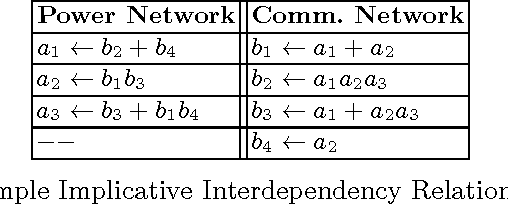
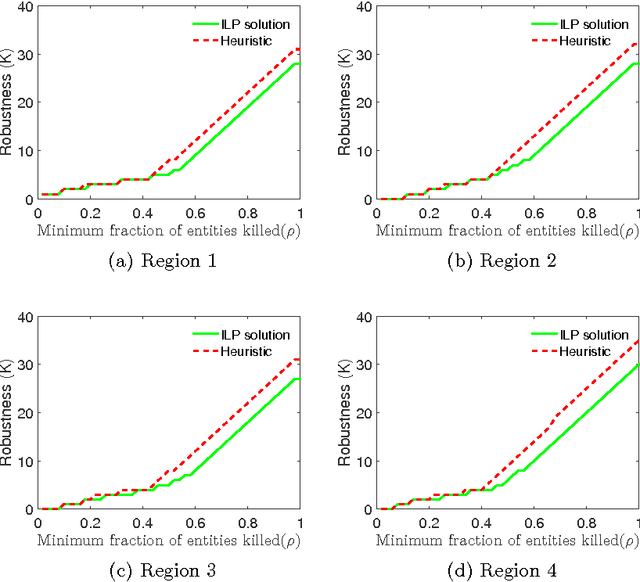
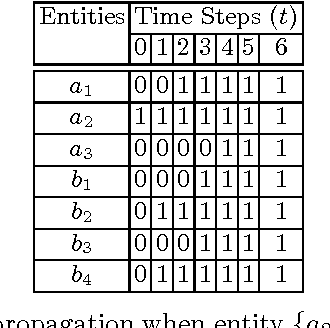
Abstract:Critical Infrastructures like power and communication networks are highly interdependent on each other for their full functionality. Many significant research have been pursued to model the interdependency and failure analysis of these interdependent networks. However, most of these models fail to capture the complex interdependencies that might actually exist between the infrastructures. The \emph{Implicative Interdependency Model} that utilizes Boolean Logic to capture complex interdependencies was recently proposed which overcome the limitations of the existing models. A number of problems were studies based on this model. In this paper we study the \textit{Robustness} problem in Interdependent Power and Communication Network. The robustness is defined with respect to two parameters $K \in I^{+} \cup \{0\}$ and $\rho \in (0,1]$. We utilized the \emph{Implicative Interdependency Model} model to capture the complex interdependency between the two networks. The model classifies the interdependency relations into four cases. Computational complexity of the problem is analyzed for each of these cases. A polynomial time algorithm is designed for the first case that outputs the optimal solution. All the other cases are proved to be NP-complete. An in-approximability bound is provided for the third case. For the general case we formulate an Integer Linear Program to get the optimal solution and a polynomial time heuristic. The applicability of the heuristic is evaluated using power and communication network data of Maricopa County, Arizona. The experimental results showed that the heuristic almost always produced near optimal value of parameter $K$ for $\rho < 0.42$.
 Add to Chrome
Add to Chrome Add to Firefox
Add to Firefox Add to Edge
Add to Edge